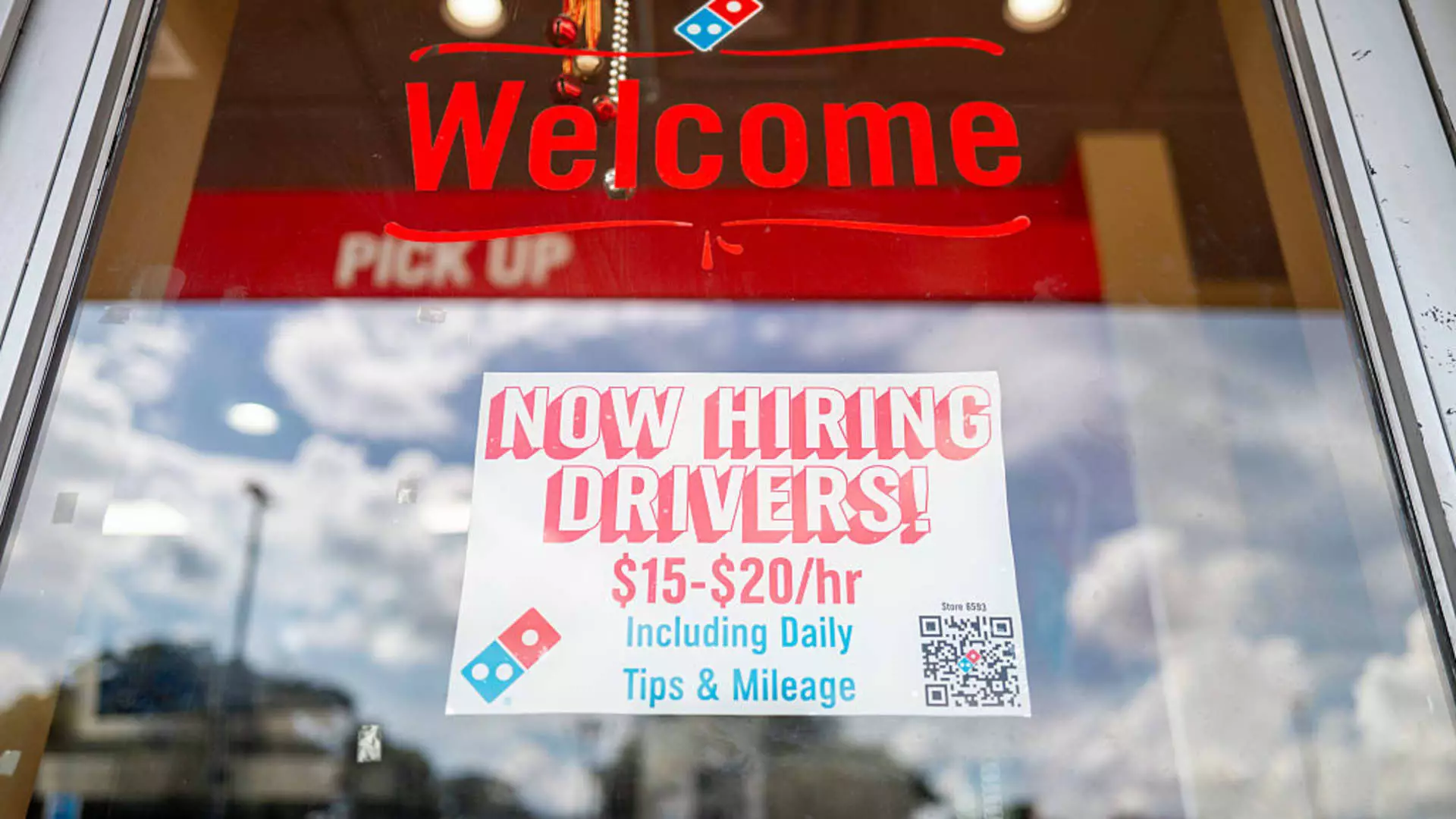In recent months, a quiet yet profound transformation has taken shape within the labor landscape, revealing unsettling signs of fragility beneath what once seemed a resilient economy. Federal government workers, once shielded by the stability of their agency jobs, now find themselves at the forefront of a wider economic tremor—a slow, deliberate contraction that threatens to undermine the very foundation of the post-pandemic recovery. While mainstream economists tend to dismiss these indicators as temporary or insignificant, a closer look uncovers a worrying trend that warrants serious concern from a center-left perspective committed to economic fairness and social stability.
What is disturbing is not merely the decline in federal job openings or the layoffs prompted by questionable management directives but the deeper erosion of an equilibrium that once sustained public sector employment during turbulent times. The recent wave of layoffs, notably those driven by policies like Elon Musk’s Department of Government Efficiency, has sent ripples through the entire job market—ripples that could foreseeably deepen if left unchecked. These cuts have not only displaced hundreds of thousands of federal workers but also sent distress signals across the broader labor spectrum, especially in knowledge-driven sectors that underpin the digital economy and social services.
The Illusion of a Robust Economy and the Reality of Weakening Demand
At first glance, the labor market might appear to be holding steady, with job creation numbers maintaining a semblance of health. However, a deeper analysis reveals a divergence—an unsettling decoupling between headline figures and the underlying economic realities. The recent data from ADP suggests private-sector job growth has unexpectedly shrunk by 33,000 jobs in June. When the broader context is considered, this contraction signals a potential shift away from sustained expansion towards stagnation or even contraction. Such developments are more than statistical blips; they mark a fundamental shift that challenges the narrative of ongoing economic resilience.
The Biden administration’s focus on maintaining employment levels through various policy initiatives seems increasingly disconnected from the amount of demand for certain jobs. While applications for federal jobs have surged by 150%, a clear indication of displaced workers seeking alternatives, the demand from employers—particularly for white-collar roles—has noticeably waned. This divergence suggests a quieter but more aggressive shift: employers are retreating, hesitant to expand or even sustain existing staffing levels amid rising economic uncertainties. This cautious stance is further compounded by the Federal Reserve’s elevated interest rates, which serve as a chokehold on credit-dependent tech and innovation sectors.
The Impact of Costly Monetary Policy on Innovation and Employment
It is increasingly apparent that monetary policy choices are playing a pivotal role in shaping the employment landscape, especially for high-growth sectors like technology. Persistent interest rate hikes have made borrowing more expensive, stifling expansion and, consequently, hiring. Tech startups, which thrive on access to capital, are especially vulnerable. As loan costs rise, companies prioritize keeping the lights on over investment in new talent. This creates a scenario where innovation, once seen as a pillar of economic renewal, becomes a secondary concern to survival.
From a center-left standpoint, this economic environment underscores the dangers of overly aggressive monetary tightening. While combating inflation is necessary, a focus solely on price stability—without considering the broader implications for employment and social welfare—risks undermining long-term economic fairness. High unemployment or underemployment among highly skilled workers, particularly those displaced from government jobs, exacerbates existing social inequalities and hampers the social mobility that the progressive wing strives to protect. The current policy trajectory appears to prioritize short-term fiscal discipline over the vital need to sustain inclusive, resilient economic growth.
Policy Choices and Their Societal Consequences
The decision to implement large-scale federal workforce reductions has ripple effects far beyond the immediate numbers. A decimated public sector erodes essential services and hampers the capacity of the government to respond to societal needs—be it public health, education, or infrastructure. Moreover, job displacement among federal workers, especially those in white-collar roles, isn’t just an economic issue; it’s a human crisis that feeds into the cycle of inequality. The depiction of these layoffs as necessary austerity measures dismisses their broader social cost and undermines the principle that public employment should serve as a stabilizing force in times of economic adversity.
Politically, the impulse to trim government staffing—perhaps driven by ideological shifts or fiscal conservatism—should be scrutinized for its long-term implications. When the government shrinks in times of economic uncertainty, it not only limits its capacity to act but also weakens the foundational social contract. As applications for federal jobs rise, it is evident that workers are seeking refuge from a shrinking opportunity landscape; this self-initiated migration away from stable employment is a warning sign that the social fabric is fraying. If policymakers neglect these signals, the risk is creating a two-tier economy where only the fortunate retain stable, well-paying jobs, and others are left behind.
Reimagining Economic Resilience and Social Equity
In an era marked by economic upheaval and technological disruption, it is crucial that policies prioritize human dignity and societal cohesion. The current trend of government layoffs and faltering demand in knowledge sectors highlights the need for a recalibrated approach—one that advocates for growth that is inclusive, sustainable, and attuned to the realities faced by middle- and working-class Americans.
A more balanced approach would involve safeguarding public sector jobs, especially in times of crisis, recognizing their role in maintaining stability. It would also mean rethinking how monetary policy impacts different segments of the economy, ensuring that efforts to control inflation do not inadvertently deepen inequality or slow innovation. As the labor market begins to show cracks, those committed to social fairness and economic justice must demand policies that do more than stabilize the macro numbers—they must foster a resilient economy that leaves no one behind.

